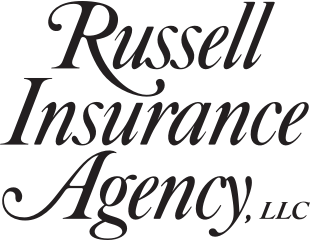In 2017, nearly 11,000 people in the United States died in motor vehicle crashes involving an alcohol-impaired driver. The annual cost of alcohol-related crashes totals more than $44 billion.
What can I do to help reduce drunk-driving incidents?
The best way to help curb the nation’s drunk-driving crisis is not to contribute to the problem. If you’ve had too much to drink, do not attempt to drive. Instead, call for a cab or ask a sober friend to take you home.
Likewise, never accept a ride from someone who has been drinking. Be sure to not allow intoxicated friends to get behind the wheel of a car.
How can I protect myself from drunk drivers?
It is estimated that approximately four million innocent people are injured or have their vehicles damaged in alcohol-related accidents each year.
To protect yourself, wear your seat belt at all times, and make sure children are secured in child safety seats in the back seat. Be aware of the warning signs of drunk drivers.
What are the warning signs of a drunk driver?
Be cautious of any driver who:
makes unnecessarily wide turns;
straddles lanes or drives on the median line;
drives at night without headlights;
drives at speeds below the speed limit;
brakes erratically or stops without cause;
accelerates or decelerates rapidly; and/or
nearly strikes an object or curb.
What should I do if I encounter a drunk driver on the road?
If you notice a driver displaying any of the warning signs, maintain a safe distance from the vehicle and do not attempt to stop it.
Instead, note the vehicle’s license plate number, the vehicle’s description and the direction in which it is traveling. Then contact the police as soon as possible. Your action could save lives.
I’m hosting a party and I’m concerned about my guests drinking and driving. What can I do to reduce the risk?
Home hosts have a duty to serve alcohol responsibly and conscientiously. They need to ensure intoxicated guests do not get behind the wheel of a car, creating a risk of harm to themselves and others on the road.
Follow these tips to ensure safety when serving alcohol at your next party:
Serve alcoholic drinks only upon request, and offer nonalcoholic beverages such as sparkling water, fancy juice drinks and soft drinks.
Avoid making alcohol the main focus of the social event. Entertain guests with music, games and dancing.
Always serve food when serving alcohol. High-protein foods such as meat and cheeses take longer to digest, slowing the rate at which the body absorbs alcohol. Try not to serve salty foods, which make people thirsty and inclined to drink more.
Be careful not to serve alcohol to minors. Limit access to the bar if minors are on the guest list, and verify the ages of young guests before serving them.

